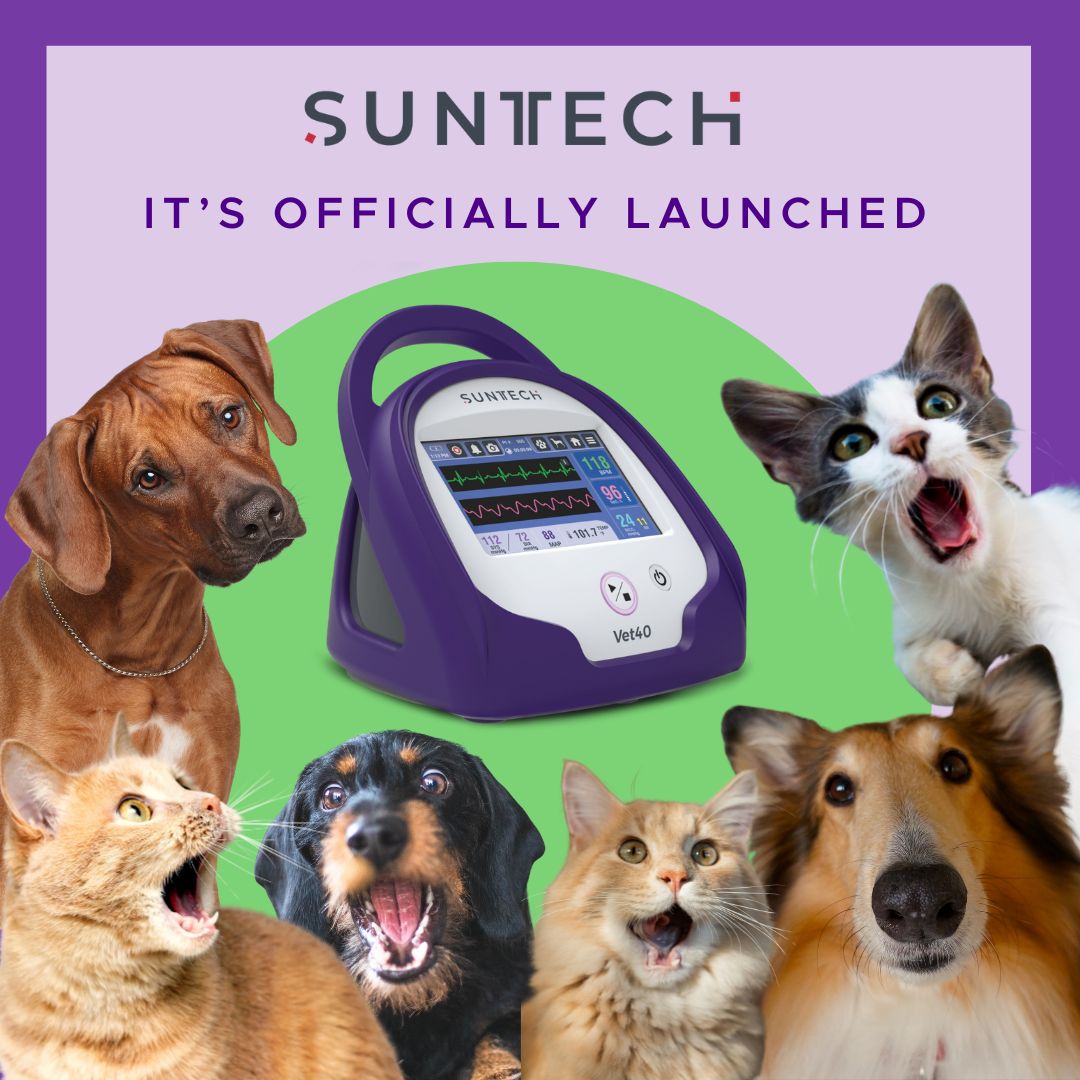![]()
Blog @ SunTech
Advice from the BP Measurement Experts
Top 5 Factors To Consider When Deciding Whether To Use an OEM Technology Supplier
 The SunTech blog was established as a discussion place about blood pressure (BP) measurement because that's what we do. Naturally, we have tried to share our understanding of the clinical application experiences with using automated BP measurement in practicing medicine. However, we also partner with other manufacturers to integrate OEM NIBP technology in their medical devices. Some of these are patient monitors that you see in all parts of the hospital. But some of the more specialized devices are used to save lives in an ambulance or Lifeflight, on commercial airline flights, and even in the battlefield. Regardless of the application, these companies all considered whether they should buy, build, or partner in order to achieve their goals. Here are the top five factors companies should consider when deciding whether to use an OEM technology supplier:
The SunTech blog was established as a discussion place about blood pressure (BP) measurement because that's what we do. Naturally, we have tried to share our understanding of the clinical application experiences with using automated BP measurement in practicing medicine. However, we also partner with other manufacturers to integrate OEM NIBP technology in their medical devices. Some of these are patient monitors that you see in all parts of the hospital. But some of the more specialized devices are used to save lives in an ambulance or Lifeflight, on commercial airline flights, and even in the battlefield. Regardless of the application, these companies all considered whether they should buy, build, or partner in order to achieve their goals. Here are the top five factors companies should consider when deciding whether to use an OEM technology supplier:
- Material Cost: If we OEM this technology, will it be cheaper than building it ourselves? Has the intellectual property (IP) for this technology been developed, and do we have it in-house, or is it readily accessible? Will we be able to get our product to the market in a shorter timescale? While the cost of materials/goods is the most obvious factor to consider when building something, it oftentimes is NOT the most important factor when considering long-term partnerships.
- Development Cost: If we need to develop the IP/technology, will it be less expensive for us to develop it compared to using an OEM supplier? Do we have the expertise in-house? Could our expertise be better used elsewhere in development where we have distinct competence and expertise? With BP and other medical technologies, this factor becomes more complicated especially for custom applications outside of the hospital or specific population groups like neonates, diabetics, pregnant women, and the clinically-obese.
- Development Time: How long will it take us to develop our device and launch it to the market? With medical devices, this time is not just determined by the technical engineering resources you have, but increasingly by the regulatory expertise and resources specific to your application. As we have discussed previously, the standard requirements for medical devices are rising as there is a greater focus on risk management for medical devices and the healthcare market.
- Maintenance Cost: Along with increasing regulatory requirements, there are added costs to maintain compliance and monitor the performance of a device being used in the market. With a greater need for regulatory expertise and resources, can an OEM supplier help to offset some of these costs or are they merely a parts supplier or engineering resource?
- Market Expertise: Can an OEM supplier be a strategic partner in not only designing and developing our product but also in helping to market and distribute the product? Suman Bolar, discusses how an OEM partnership can help a manufacturer do more than simply optimize supply chain and reduce costs leverage. The truly valuable partnerships can enhance how end-user customers view the manufacturer, their capabilities, and the benefits they provide.
Whatever the answers are to the questions above, every company has to examine its resources and goals and then figure out how best to attain those goals. Integrating a vital sign as basic as BP may seem very straightforward. And if you are prepared to deal with the changing landscape of healthcare and medical device regulation, it can be. What other obstacles or issues have you experienced in getting your product to the healthcare market?
Interested in getting more SunTech news, product info, as well as
tips, tricks, and insights from BP experts?
Sign up to get fresh content delivered direct to your inbox.



